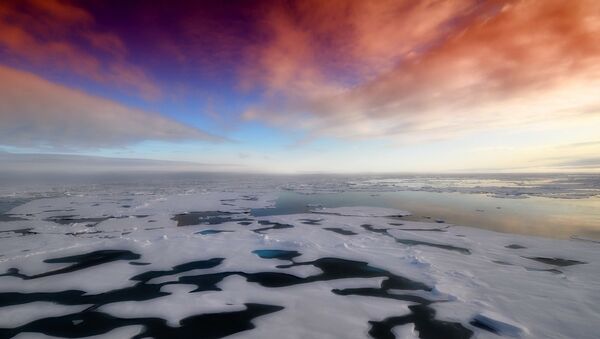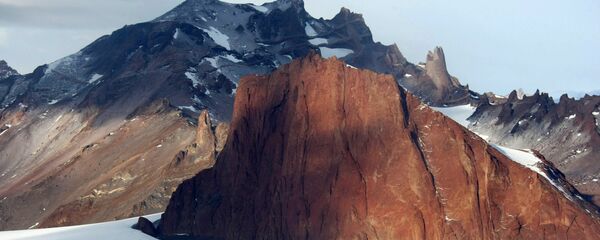A new NASA study indicates that there is a huge upwelling of hot rock, called a mantle plume, under Marie Byrd Land between the Ross Ice Shelf and the Ross Sea, which creates lakes and rivers under the ice sheet.
Scientists believe that understanding the sources and future of the meltwater under West Antarctica could help estimate the rate at which ice may be lost to the ocean in the future.
Helene Seroussi of NASA's Jet Propulsion Laboratory believes that the presence of the mantle plume is important, as it means that the ice is more vulnerable in this area.
“This additional heat warms the ice, which suggests greater weakness in the face of future and past changes in the environment," she told USA Today.
Mantle plumes are believed to come from streams of hot rock rising through the Earth’s mantle, spreading out like mushroom-shaped lakes not far below the crust.
READ MORE: Mysterious and Monstrous Hole Appears in Antarctic Ice, Perplexing Scientists
A similar geological feature can be observed in the area of the Yellowstone National Park supervolcano in the United States.



